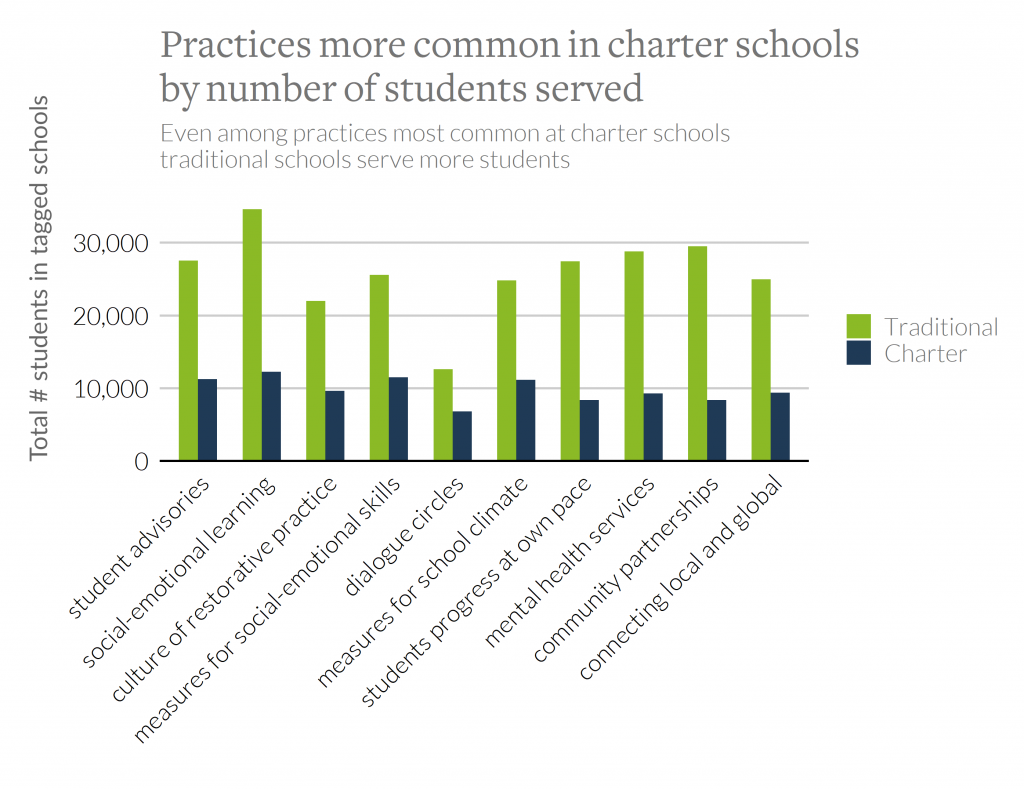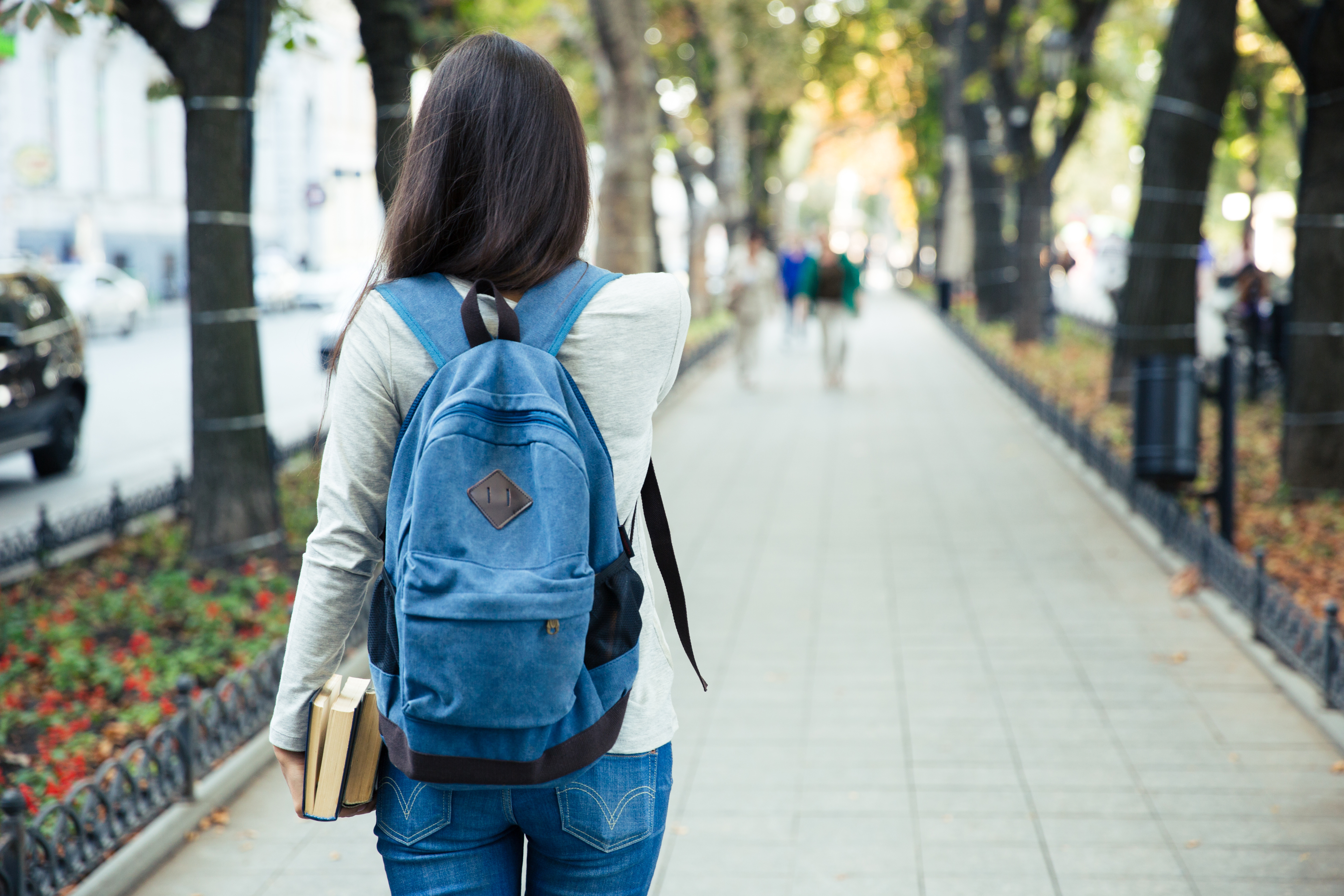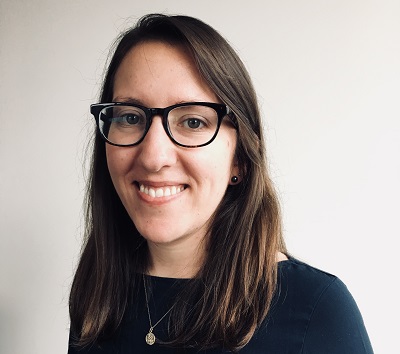This post is the final in a series of four sharing new insights from the Canopy project using data published in fall 2019. While the findings reflect trends in school design before the COVID-19 pandemic, they nevertheless suggest patterns that may prove informative as schools nationwide reconsider elements of their designs.
One common narrative about charter schools is that they naturally foster innovation because they are unconstrained by many state and local regulations. This narrative can also imply the reverse: that traditional district schools struggle to innovate. How do these ideas stand up to data on school innovation?
The Canopy project offers new insight into innovation in both charter and traditional district contexts. The project uncovered a set of schools, many of which have not received widespread recognition, and revealed the practices these schools are adopting in pursuit of student-centered learning. The Canopy uses a set of ‘tags,’ a common lexicon of keywords and phrases, to indicate the presence of innovative approaches and practices in each school. (The entire set of 88 tags and their descriptions can be found by downloading the dataset on the Canopy website.)
Here’s what we learned from Canopy data about innovation in charters and traditional district schools:
Innovation finds fertile ground in both traditional schools and charters
Charter schools often receive much of the spotlight when it comes to education innovation and reform. It can seem like charters’ autonomy is the only way to break the factory-model mold, while public district schools remain woefully stuck in the past. Indeed, although charters make up only 7% of all public schools as of 2015-16, they make up 33% of the schools in the Canopy dataset.
However, the traditional (non-chartered) district schools representing 67% of the Canopy dataset are a good reminder that schools of both types are finding opportunities to work towards student-centered learning regardless of governance model or circumstance.
In fact, Canopy data shows that there’s a wide range of practices that these innovative district schools cite more frequently than charters. Those practices include three blended-learning models, several practices related to personalization and competency-based learning, a few practices focused on equity such as design at the margins and rigorous coursework for all students, and practices like career training and preparation and makerspace that indicate more applied, hands-on learning opportunities.
Some of these practices reflect aspects of two of the five categories we observed in Canopy data: Competency-Based Education and Blended Learning. But it’s notable that no single theme seems to dominate the set of practices cited more often by traditional district schools.
Charters report social-emotional learning practices at higher rates
On the other hand, when examining the practices reported more often by charters, a clear theme dominates. The majority of these more-frequently-cited practices relate to the category we identified as Equity and Social-Emotional Learning (SEL), with an emphasis on SEL practices. Some of these include advisories, restorative practices, measures for SEL, measures for school climate, dialogue circles, and mental health services. This suggests strongly that innovative charter schools are prioritizing social-emotional supports and inclusive learning environments.
However, we should not necessarily assume that charters are doing a better job at equitable design just because they cite certain practices more often. The practice cited most often in traditional district schools compared to charters was design at the margins, described as “design and innovation that prioritizes the needs of historically marginalized students and families.” (Though overall, that practice was one of the least commonly cited among all schools in the dataset.) Additionally, Canopy project leaders and advisors have long recognized that the tags for Equity and SEL are underdeveloped because research has not yet widely documented the specific practices schools adopt. All these factors lead us to see patterns about charters, SEL, and Equity as raising questions, not suggesting conclusions.
In terms of demographics, some may assume that charter schools serve higher-needs students and thus it makes sense for them to focus on Equity and SEL practices. More detailed analysis can dig into this on a school-by-school basis, but on average we observed only marginal differences between charter and traditional school demographics. Traditional schools in the Canopy dataset serve slightly lower proportions of English Language Learners and students of color, but slightly higher proportions of students eligible for free and reduced-price lunch, compared to charter schools.
There’s one more important observation to keep in mind when it comes to the practices cited more often by charter schools: traditional district schools reporting these exact same practices actually serve far more students overall. That means while charters may implement a practice in greater numbers by school, they may be reaching fewer students total.

This trend matches what we see across all schools in the Canopy data, where traditional district schools serve about 640 students on average, whereas charters serve about 340. (These differences vary by school level, though: traditional and charter elementary schools in the Canopy are approximately the same size, whereas traditional middle and high schools are much larger than charters.)
In practice: a tale of two Texas elementary schools
Magnolia Montessori for All in Austin was founded as the first public charter school in Central Texas offering a Montessori-based education, and served 457 elementary students in 2018-19. The school’s founder aimed for the school’s design to bring together key elements of the Montessori model, such as multi-age classrooms, with high expectations for student achievement. In an interview, she reflected on how the school’s model is grounded in child development theory and driven by the goal of helping students develop a sense of purpose and find joy. The school reports implementing advisories, dialogue circles, and restorative practices, as well as individual rotation, one of the blended learning models least common in charters across the Canopy dataset.
Dan D. Rogers Elementary, a non-charter district elementary school in Dallas, served 506 students in 2018-19. In an interview, the school principal cited blended learning, social-emotional learning, and learner agency as approaches core to the school’s model, and emphasized the way that all three approaches undergird the school’s mission to build an equitable learning environment. An article about personalized learning at Rogers Elementary paints a picture of student-driven learning where students know their own strengths and growth areas, and move through content at their own pace.
One takeaway from these two school models—one charter, one not—is that they are both finding opportunities in their circumstances to break away from more monolithic elements of conventional instruction, and to advance more student-centered models. Both are focused on high expectations and academic achievement for all students. And both emphasize social-emotional learning and prioritize the needs of marginalized students.
At the same time, the schools feature plenty of differences. One of the most obvious is that Magnolia Montessori for All has flexibility through its charter to implement multi-age classrooms instead of traditional grade bands. Even if schools like Rogers found that approach compelling, they would likely be held back by both regulatory reasons, and community-driven ones: while families actively opt in to Magnolia Montessori, Rogers Elementary is a neighborhood school. And while both schools prioritize social-emotional learning, the founder of Magnolia Montessori was particularly vocal about emphasizing whole child development, and cited a range of specific practices that directly support it.


